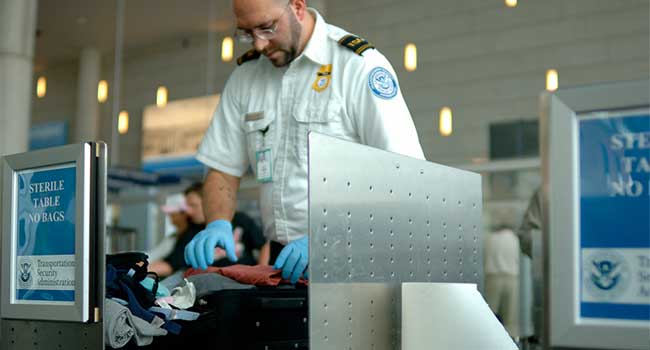
TSA to Undergo Covert Security Tests this Summer
- By Sydny Shepard
- Jun 08, 2016
While many around the country are concerned with the lines at security checkpoints, the Department of Homeland Security is focused on keeping passengers safe. The DHS announced that they are planning another round of covert security audits at airports around the country this summer as the Transportation Security Administration scrambles to create a more efficient screening process.
The last time TSA underwent covert security tests last summer, the screeners failed to find fake bombs and weapons 95 percent of the time.
TSA Administrator Peter Neffenger said he has since retrained the TSA agents, ended the practice of randomly selecting passengers for expedited screening lanes and made technological improvements.
The test to see if Neggenger’s plan is working will come this summer, as DHS Inspector General John Roth told senators during a Homeland Security and Governmental Affairs Committee hearing on June 7 that the inspector general’s office is currently developing protocols for another round of covert testing. The results will be reported to the Homeland Security Committee and other panels.
The DHS covert inspections come as TSA is struggling to keep up with more stringent security protocols and the increasing amount of summer travelers. Neffenger assured the senators at the hearing that the agency’s top priority is passenger safety despite line counts.
Neffenger explained TSA will be beefing up security by expanding teams of bomb-sniffing dogs, equipping more airports with full-body scanners and exploring new screening technologies. Meanwhile, TSA is trying to tackle the longest security lines by promoting its PreCheck program, deploying more screening officers, improving communication with local airports and urging airports to enforce carry-on luggage limits.
About the Author
Sydny Shepard is the Executive Editor of Campus Security & Life Safety.